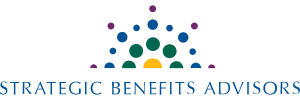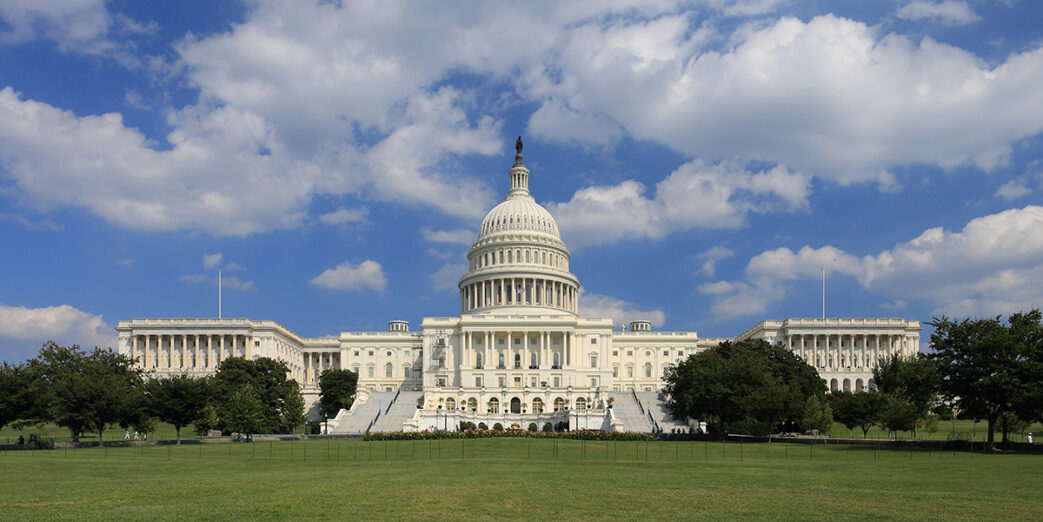Strategic Benefits Advisors, Inc. (SBA) issued a statement today notifying plan sponsors of pending bipartisan legislation that could significantly impact employer-sponsored retirement plans. The House Ways and Means Committee unanimously passed the Securing a Strong Retirement Act of 2021 on Wednesday, May 5; now the bill moves on to the full House, where it enjoys considerable bipartisan support.
Designed to build on the SECURE Act — and, consequently, dubbed the ‘SECURE Act 2.0’ — the proposed retirement reform legislation seeks to enhance the long-term financial security of millions of Americans by providing wider access to retirement savings. While most provisions of the legislation would apply to plan years beginning after December 31, 2022, certain provisions would apply after December 31, 2021.
SBA Principal Andy Adams offered the following summary of SECURE Act 2.0 provisions that are likely to affect a majority of retirement plan sponsors.
According to Adams, the bill:
- Requires plan sponsors to automatically enroll employees in 401(k) and 403(b) plans unless they specifically opt out
- Introduces several changes to required minimum distribution (RMD) rules:
- Raises the RMD age (the age at which participants must begin withdrawing from their retirement accounts) from 72 to 75 over 10 years
- Reduces the individual tax penalty for failure to take the RMD
- Provides more flexibility in the allowable timing, amounts and features of life annuities to satisfy RMD requirements
- Expands the amount that can be excluded from RMD rules if used to purchase qualified longevity annuity contracts
- Ties the IRA catch-up contribution limit, which allows those age 50 and older to make additional contributions beyond the standard limit, to inflation
- Creates new, higher catch-up contribution limits that apply at ages 62, 63 and 64 for those who participate in employer-sponsored retirement plans, including SIMPLE plans
- Allows individuals to pay down a student loan instead of contributing to a 401(k) plan and still receive an employer match in their retirement plan
- Allows employers to offer small, immediate financial incentives to employees to join retirement plans
- Requires plan sponsors to allow part-time employees who work at least 500 hours a year for 2 consecutive years (not 3 years, as under current law) to participate in company 401(k) plans
- Gives plan sponsors greater flexibility in correcting plan errors, for example:
- Allows more time to correct missed contributions to employees’ retirement accounts without penalties
- Expands the scope of the Employee Plans Compliance Resolution System (EPCRS), which allows plan sponsors to self-report errors to the IRS and correct those errors without drastic penalties
- Limits the degree to which plans may seek to recoup excess retirement plans payments from participants
- Instructs the Department of Labor to issue new guidance for benchmarking of target date funds
- Limits the disclosures required to those not participating in plans
- Creates a central data repository for lost participants (the ‘Retirement Savings Lost and Found’)
- Requires plan sponsors to provide participants with at least one paper account statement per year
- Adjusts top-heavy rules for certain DC plans
- Gives employers latitude to rely on employee self-certification that hardship distribution requirements have been met.
Certain additional provisions, Adams noted, apply only to public employer plans or to special classes of individuals such as military personnel, firefighters and first responders. Other provisions not summarized here are likely to affect only a small percentage of plans. Read the full text of H.R. 2954, the Securing a Strong Retirement Act of 2021, here.
“With strong, bipartisan support for this legislation among both House and Senate membership, the odds are good that the so-called ‘SECURE Act 2.0’ will enjoy a relatively smooth path toward final passage,” said Adams. “Retirement plan sponsors should take this opportunity to familiarize themselves with the bill’s provisions and put a strategy in place for implementing necessary plan changes by the end of next year.”

